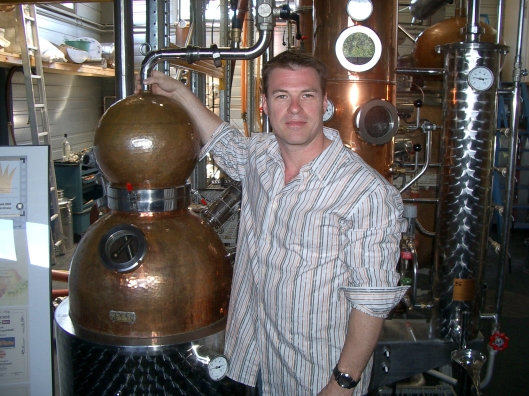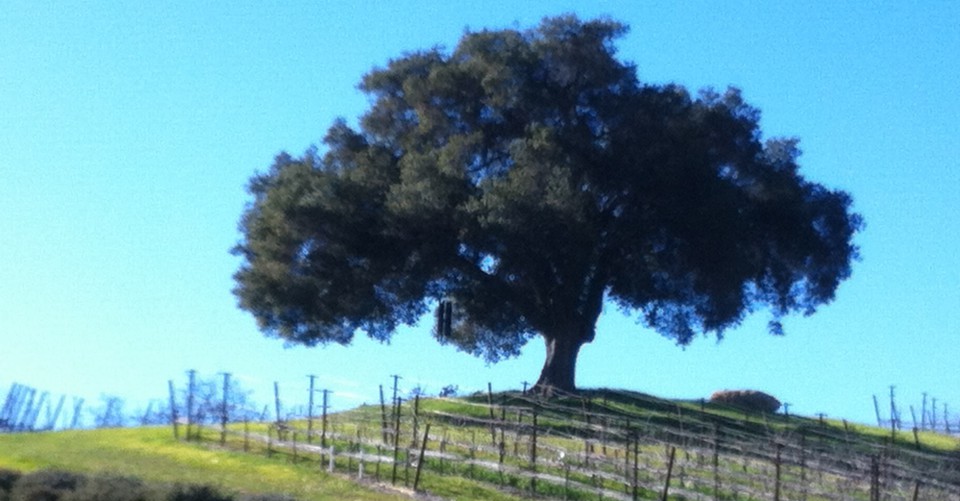Tags

Absinthe. That’s the stuff that makes people crazy, right? Didn’t the French Impressionist painters guzzle it by the gallon and have wild visions?
These are the kinds of questions that challenge anybody who wants to market Europe’s most misunderstood alcoholic creation.
Absinthe is a green liqueur, about 70 percent alcohol, made from fennel, anise and the bitter leaves of Artemisia absinthium, also known as wormwood.
After it quickly rose to popularity in mid-19th-century Paris, absinthe became demonized and finally outlawed based on the theory that it caused “absinthism.” Drinking it to excess led not only to alcoholism, but epilepsy, dementia and rapid death, the critics of absinthe warned.
But that heavy legacy hasn’t stopped Ted Breaux. Sometimes called “the father of modern absinthe,” Breaux broke the ban to make the category legal in the U.S. after 95 years.
I had a chance to talk to Breaux and sample his pricey product recently. I was prepared to be underwhelmed. Instead, I got hooked. (No, I didn’t start hallucinating.)
Raised in New Orleans, Breaux remembers absinthe as a lurking ghost throughout his youth. “I’d seen the famous Old Absinthe House down on Bourbon Street, which closed long ago. But other than that I never thought much about it.”
Ted started out as an environmental chemist. A gift of rare old absinthe piqued his interest in the legend that it makes those who drink it insane.
“In 1996 I came across not one but two bottles of vintage absinthe, and I drew samples from those and analyzed them. They were pre-ban. I was one of the few people alive that knew what real absinthe used to taste like.”
His tests were a revelation. “I was looking for something harmful, something that would explain the rumors about its bad effects. There was nothing wrong with it. You could put them on the shelf today and sell them. So that was the beginning of a whole paradigm shift in the understanding of absinthe. It had no narcotic quality.”
Thus Breaux began his absinthe-making odyssey. He determined to recreate the spirit, and he successfully took on the U.S. government to overturn our country’s ban on absinthe.
Under the label Jade Liqueurs, Breaux makes five distinctly flavored absinthes in a French distillery that was built by Gustave Eiffel; in the U.S. they range from $60-100 for a 750-ml bottle. No Corpse Reviver is complete without a touch of the stuff. It’s available at bestabsinthe.com. It’s also stocked at several O.C. bars, including La Cave, 25 Degrees, Marine Room Tavern, Tommy Bahama’s, The Cannery, Chapter One, the Ranch and Bayside Restaurant.
Breaux jokes that his absinthe should come with an owner’s manual. “There was a whole rush of people that came out and bought it when it first appeared in 2007. We expected that. We knew that following that, our plan was consumer education. We’ve been doing that for eight years. And it’s helped.”
Breaux stumbled onto a lucky circumstance early in his research.
“The original absinthe plant was never mothballed. They still produced chartreuse and things like that in it. It was relatively unchanged; it still had all the same equipment that made absinthe back in the 1880s.” Breaux was able to set up operations in the plant, located in the town of Saumur in the Loire Valley.
The first year, Breaux anticipated a rush of orders, so he produced 50,000 cases. “We worked all day, six days a week,” he said. The absinthe craze, though blunted a bit by the recession, has come roaring back. Breaux is the first to admit his timing was very lucky.
“We’re in the middle of a huge cocktail renaissance right now. It’s a global phenomenon.”
Strong, spicy and anise-flavored, absinthe has to be respected. Even its licorice-filled nose is enough to bowl over the faint of heart. Many bartenders use it as a wash only; that’s enough to impart its powerful flavor to a cocktail.
“Once you know the taste, you’re hooked,” Breaux said, and laughed. “That’s what happened to me anyway.”
